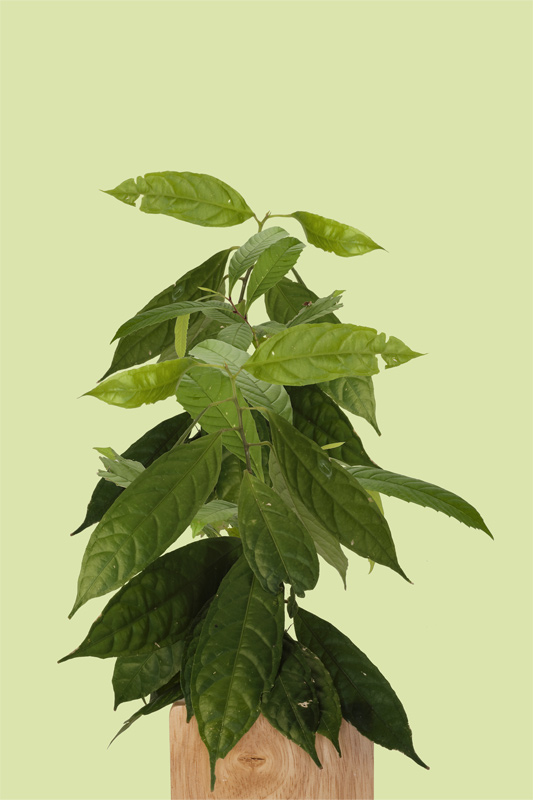SPECIAL EDITION
The Great Pretenders; Description Of Some Japanese Phylliidae From The 26th Phylliidae Convention
Special Mention, Yuji Hyakutake
Special Mention, Kiichiro Furukawa
New Culture Award, Minoru Honda
New Culture Award, Iwahashi Zenbei
The Art Of Hiroshi Abe, Master Breeder And Artist
A Very Pretty Phylliidae: Phyllium Morosus (First published in 1989)
All images by the ICZ
The GREAT PRETENDERS
Special Mention, 2009 Phylliidae Convention
Yuji Hyakutake, Hyakutake phyllium celebicum
“Nature’s resemblance masterfully handled. The presentation had a unique atmosphere and every time I look at it I see something new.” Atsuo Asami, Chief Judge.
Yuji Hyakutake’s culture; Hyakutake phyllium celebicum (Hyakutake, 2007)
The Hyakutake phyllium celebicum from Japan is closely related to the type-species Phanocles Abe (Abe, 1954), but differs in its smaller size, being comparatively slender, the smaller dilations of the seventh abdominal tergite and in lacking the large lobes on the head and extremities. The culture has been inter-mixed with Xylica Hyakutake.
Some notes on the culture
The adult male reaches a length of 36mm from the front of the head to the tip of the abdomen. The type specimen measures 32mm (Redtenbacher, 1906: 94). Seen from above, it reaches a width of 3mm at its widest point. The antennae measure 30mm when intact, but are frequently broken off. The front legs are shorter than the antennae (reaching 21mm), the middle legs are short (only reaching 16mm), whereas the hind legs reach 23mm. There are two short cerci (< 1mm) at the tip of the abdomen.
The coloration of the sexes is similar. The adult male is a dull brown with an intricate pattern of fine, lighter and darker brown, longitudinal stripes. There is a wider dark brown to black stripe dorsally along the midline spanning all ten abdominal segments. It continues on to the metathorax, where it separates into two fine parallel lines extending forward to the front end of the mesothorax.
Yuji Hyakutake
Special Mention, 2009 Phylliidae Convention, Tokyo
Hyakutake phyllium celebicum (Hyakutake, 2007)
PSG Number: 641
Locality: Japan
Reproduction: S
Culture Status: C
Winged: W
Female Size: 32
Male Size: 25
Foodplants: O.B.Ro.
References: 12
Vernacular names: Hyakutake Leaf Insect

Copyright 2010, Institute of Critical Zoologists